Photography and music may seem like two very different fields within the realm of art.
But what if images can be heard, and sounds can be seen?
All of this is made possible in “Tastes Records” – an ongoing exhibition located in the historical district of Wanhua in Taipei.
Centering on Taiwanese traditional markets, the exhibition transforms ordinary photography into audible music while prompting the audience to reflect on one of the most pressing issues of the modern world – the consequences of rapid urbanization.
During my visit to Tastes Records, I had the honor of interviewing Siou-Ming Wu, the artist behind the exhibition, and got to hear his thoughts on the meaning carried in his work.
Wu first guided me through the three sections of the exhibition.
The first section, located along the left-hand side of the hallway, consists of a set of ten photographs depicting scenes of Taiwanese traditional markets, each accompanied by a unique color palette that can be converted into music using a special software developed by Wu himself. In the making of his audiovisual technology, Wu also referenced psychological studies on the relationship between color and music and how the two affect the mind.
Each color value corresponds to a specific musical note – brighter colors, for instance, are paired with higher, shorter notes, whereas darker colors correspond to lower, lengthier notes.
As you walk towards the end of the hallway, you will come across a television screen showcasing the various photographs with their corresponding musical themes playing in the background.
Take a moment to “listen” to the scenes of Taiwanese traditional markets.
The second section, located along the right-hand side of the same hallway, includes 21 stories (Chinese only) on Taiwan’s traditional markets, each with a unique theme and perspective.
Notice the different colors of the story boards – as Wu told me, this is specifically designed to echo the color palettes of the photographs in the first section of the exhibition.
The final section, located in the center of the hallway, displays a set of audible “memory jars” that speak of the traditional market stories from the previous section.
As you kneel down on the ground to open the jar, the audible story begins to play, and you will feel as if you are actually uncovering a piece of concealed memory.
During the interview, I asked Wu why he specifically chose to combine Taiwanese traditional markets with the concept of a record store for this exhibition.
“I see a striking similarity between traditional markets and record stores in today’s world,” said Wu, “Both are industries that are slowly disappearing in the face of urbanization – with the advances of technology, what used to be an integral part of our daily lives becomes forgotten and lost. I hope that, through the use of technology, this exhibition could bridge the gap between the traditional and the innovative, breathe new life into Taiwanese traditional markets, and spark public interest in the traditional aspects of Taiwanese society.”
Wu also offered some of his insights on aesthetics, specifically in the context of Taiwan.
“I see that many of us today look to the West for the ‘ideal’ standards of beauty. But, instead of pursuing beauty elsewhere, I hope we could take a step back to look inward and observe our surroundings – then, perhaps we could also learn to appreciate the aesthetics of our homeland.”
In addition, Wu shared his outlook on modern art with me.
“To me, modern art isn’t just about being ‘beautiful’ – it usually advocates for some kind of cause. Modern art could provide us with a new way of looking at the pressing social issues today. This is what I want to achieve through the exhibition too – by combining markets and record stores, I hope we could become more aware of and reflect on the effect of urbanization on the traditional sector. I also hope that these efforts could encourage people to engage in traditional activities, in turn helping to revive the local traditional sector.”
Even though English translations are rather limited, Tastes Records welcomes foreigners all the same.
“They might not understand every Chinese word – but, despite the language barrier, I am hopeful that foreigners can still learn about Taiwanese culture by appreciating the visual stories and listening to the sounds of Taiwan,” said Wu.
Enjoy your multisensory journey through the traditional Taiwan at Tastes Records.
[Tastes Records]
Venue: Shintomicho Cultural Market
Address: No. 70, Sanshui Street, Wanhua District, Taipei City, Taiwan (MRT Longshan Temple Station Exit 3)
Opening Dates and Hours: Oct. 1 – Dec. 13, 2020 | Tuesday – Sunday | 10AM – 6PM
Admission: free for all
Contact Number: (02) 2308 1092
Future Workshop: Music Sampling at Traditional Markets
Lecturer: Siou-Ming Wu
Date and Time: Nov. 7, 2020 (Sat.) 13:30 – 16:30 Venue: Shintomicho Cultural Market
You can also learn more about Siou-Ming Wu’s art here.
All images supplied by the author
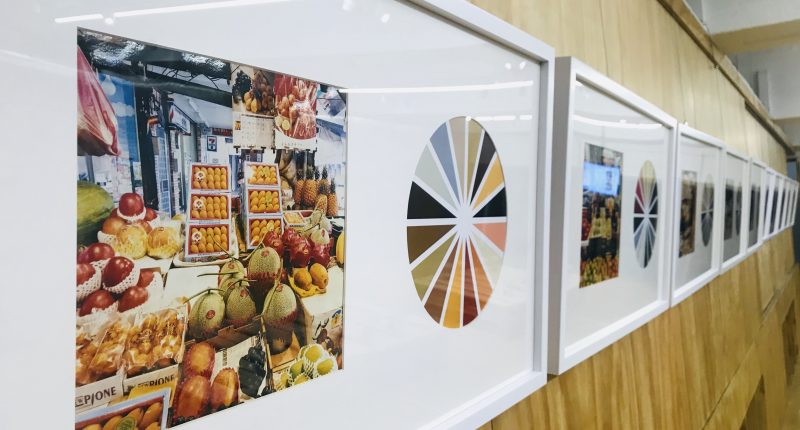

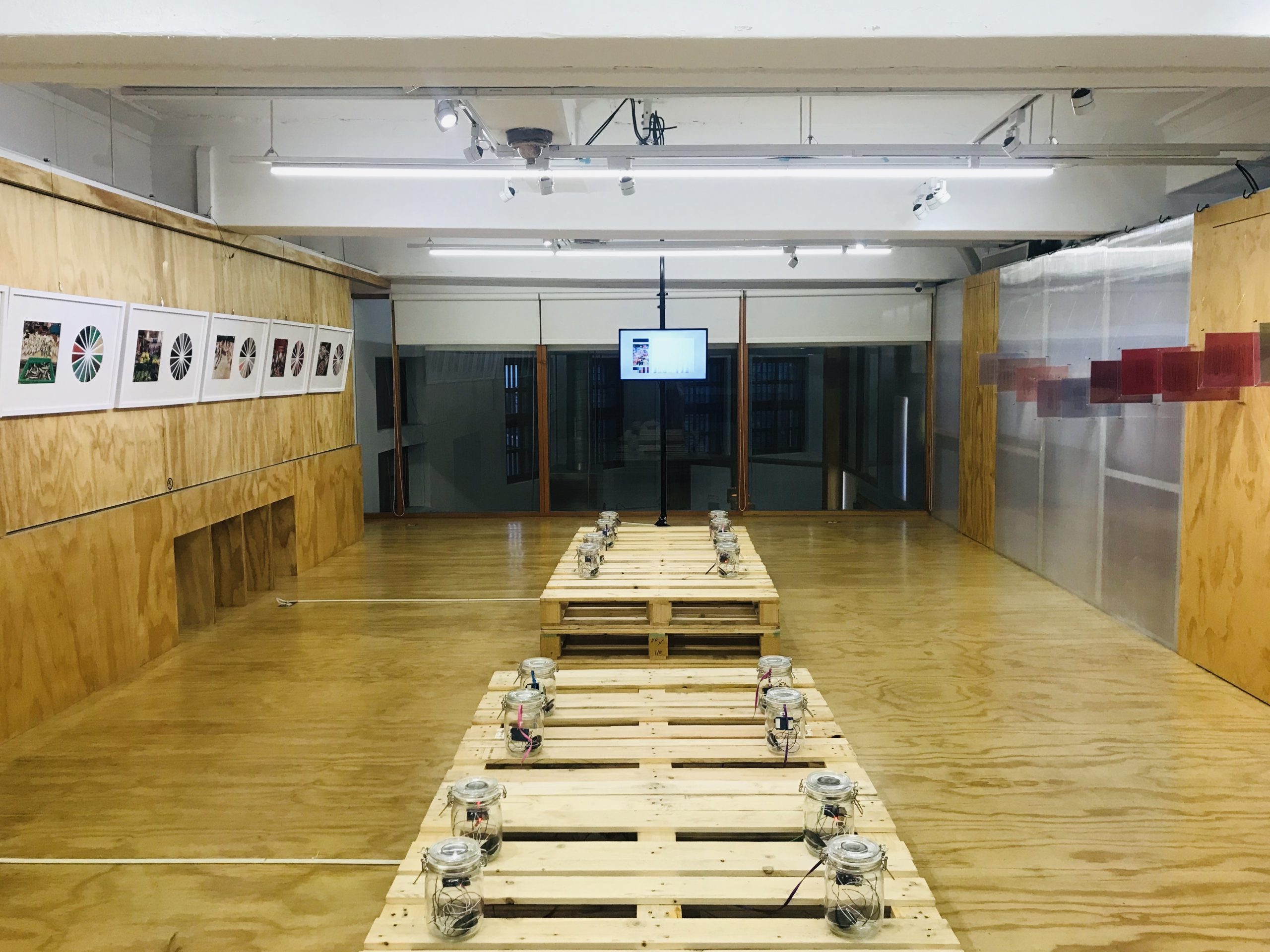
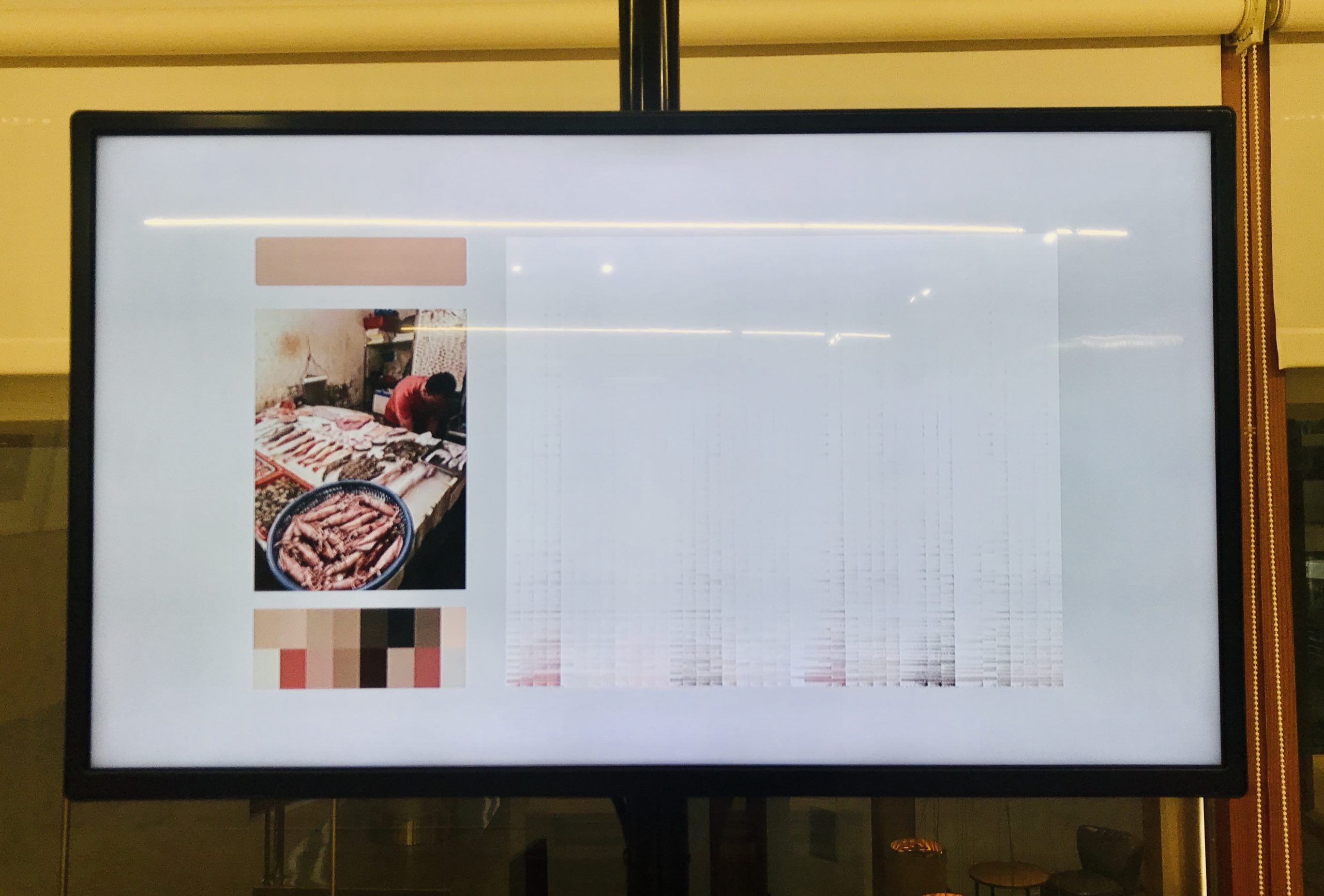
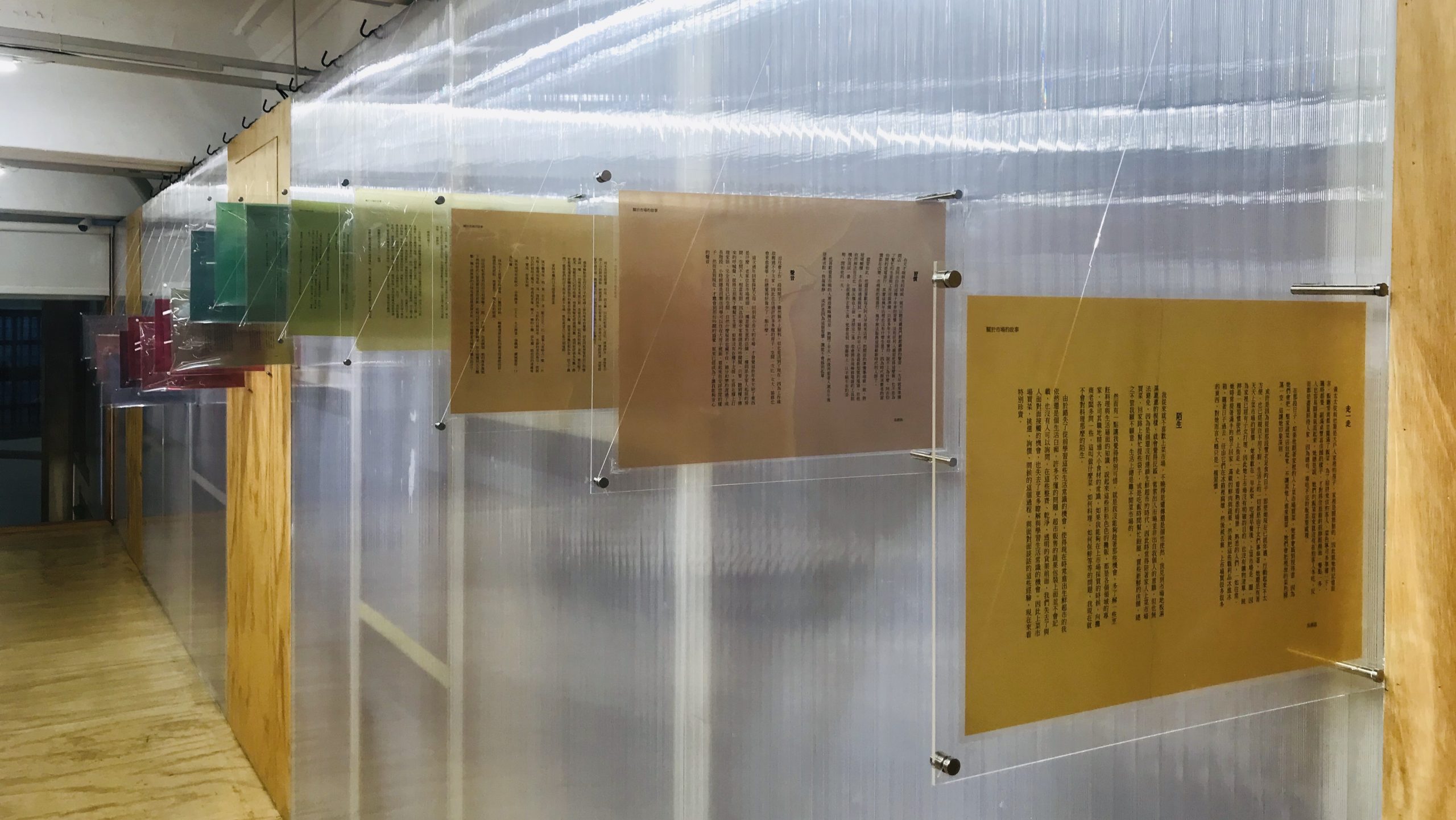
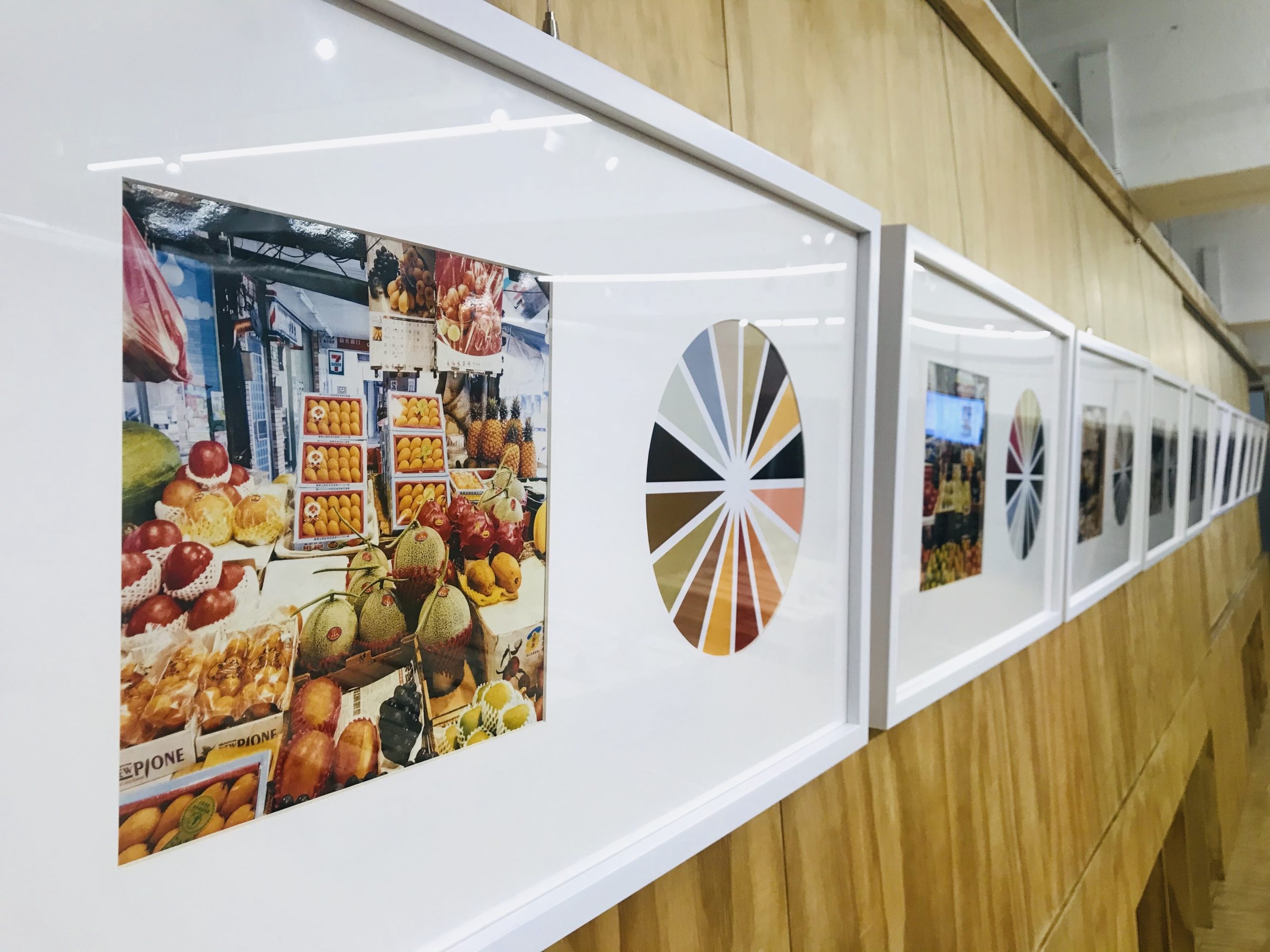

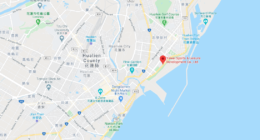
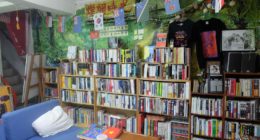





Comments are closed.